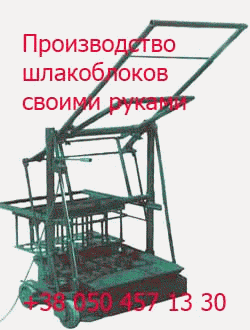Aftertreatment or coating of the pigment particles improves the weather resistance and lightfastness of the pigmented organic matrix, and improves dispersibility of the pigments in this matrix. The treatment consists of coating the individual pigment particles with colorless inorganic compounds of low solubility by precipitating them onto the surface. However, this reduces the optical performance […]
Архивы рубрики ‘Industrial Inorganic Pigments’
Pigment Quality
 25 сентября, 2015
25 сентября, 2015  Pokraskin
Pokraskin The quality of the TiO2 pigment is influenced by various factors. Reaction temperature, excess oxygen, and rheologic conditions in the reactor affect particle size and size distribution. Therefore, sophisticated conditions must be established for every reactor. Caking of the TiO2 on the walls of the reactor leads to deterioration of quality and reduced on-stream time. […]
Oxidation of TiCl4 and Recovery of TiO2
 24 сентября, 2015
24 сентября, 2015  Pokraskin
Pokraskin Titanium tetrachloride is reacted with oxygen at 900-1400 °C to form TiO2 pigment and chlorine (n). The purified TiCl4 is vaporized (k) and the vapor is indirectly heated to ca. 500 — 1000 °C (l). The reaction TiCl4 + O2 ^2Cl2 + TiO2 is moderately exothermic, and requires a high reaction temperature, so that the […]
Purification ofTiCl4
 24 сентября, 2015
24 сентября, 2015  Pokraskin
Pokraskin The chlorides that are solid at room temperature and the entrained dust can be separated from the TiCl4 by simply evaporating (distilling) this off (j). Dissolved chlorine can be removed by heating or reduction with metal powders (Fe, Cu, or Sn). Removal ofvanadium tetrachloride (VCl4) and vanadium oxychloride (VOCl3) from the TiCl4 by distillation is […]
Gas Cooling
 23 сентября, 2015
23 сентября, 2015  Pokraskin
Pokraskin The reaction gases are cooled with liquid TiCl4 either indirectly or directly (d). Crystallization of the chlorides of the other components causes problems because they tend to build up on the cooling surfaces, especially the large quantities ofiron(II) and iron(III) chlorides formed on chlorination of ilmenite [2.34]. In this first stage, the reaction gases are […]
Chlorination
 23 сентября, 2015
23 сентября, 2015  Pokraskin
Pokraskin The titanium in the raw material is converted to titanium tetrachloride in a reducing atmosphere. Calcined petroleum coke is used as the reducing agent because it has an extremely low ash content and, due to its low volatiles content, very little HCl is formed. The titanium dioxide reacts exothermically as follows: TiO2 + 2Cl2 + […]
White Pigments Grinding
 22 сентября, 2015
22 сентября, 2015  Pokraskin
Pokraskin The agglomerates and aggregates in the clinker can be reduced to pigment fineness by wet or dry grinding. Coarse size reduction should be carried out in hammer mills prior to wet grinding in tube mills (with addition of dispersion agents). The coarse fraction can be removed from the suspension by centrifugation, and recycled to the […]
Calcination
 22 сентября, 2015
22 сентября, 2015  Pokraskin
Pokraskin The doped hydrate is filtered with rotary vacuum filters (s) to remove water until a TiO2 content of ca. 30-40% is reached. Pressure rotary filters or automatic filter presses can also be used to obtain a TiO2 content of ca. 50%. Some of the water — soluble dopants are lost in the filtrate and can […]
Doping of the Hydrate
 22 сентября, 2015
22 сентября, 2015  Pokraskin
Pokraskin When producing titanium dioxide of maximum purity, the hydrate is heated (calcined) without any further additions. This gives a fairly coarse grade of TiO2 with a rutile content that depends on the heating temperature. However, to produce specific pigment grades, the hydrate must be treated with alkali metal compounds and phosphoric acid as mineralizers (<1%) […]
 Опубликовано в рубрике
Опубликовано в рубрике 
